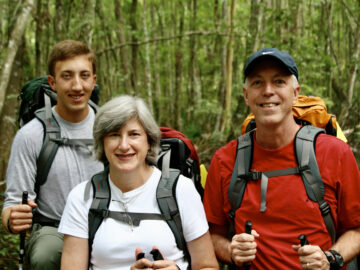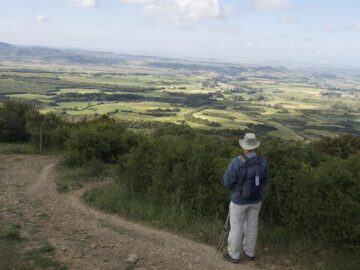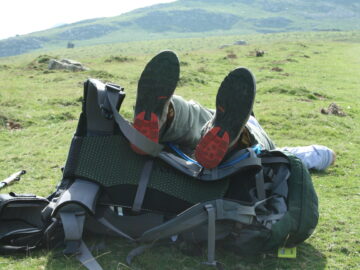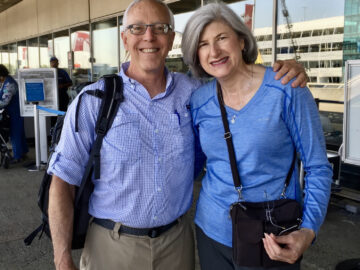While walking is shown to be one of the most beneficial forms of exercise, the the Camino difficulty level, and 500 mile distance should not be ignored. Elite athletes have admitted being brought to tears during the rigors of walking over the Pyrenees Mountains into Spain. Yet people in their 70’s and 80’s do the Camino. How can this be?

How to Prepare for the Challenge
Make Sure You Are in Good Health
Thinking about walking the Camino often brings to mind healthy practices that you should be doing anyway. For instance, make sure your visits to your doctor and dentist are up to date, and any treatment you need addressed. Talk with your primary care doctor about doing the Camino. Take good care of yourself before you leave and while you are walking. For most of us this will be the longest walk of our lives.
Fitness Back Home Prepares You for the Difficulty
Being active and fit for your everyday life at home is good practice anytime, and it will put you in a good position to accomplish the physical challenge of the Camino. So if you are not a very active person at this moment, begin taking steps in that direction. The sooner you begin, the better for your health and your upcoming Camino. And furthermore, the more you can walk as part of your every day life back home, the more you will learn what your capabilities are. Whatever your fitness level, go at your own pace. For example, don’t let a guidebook itinerary or walking partners push you harder than you can go.
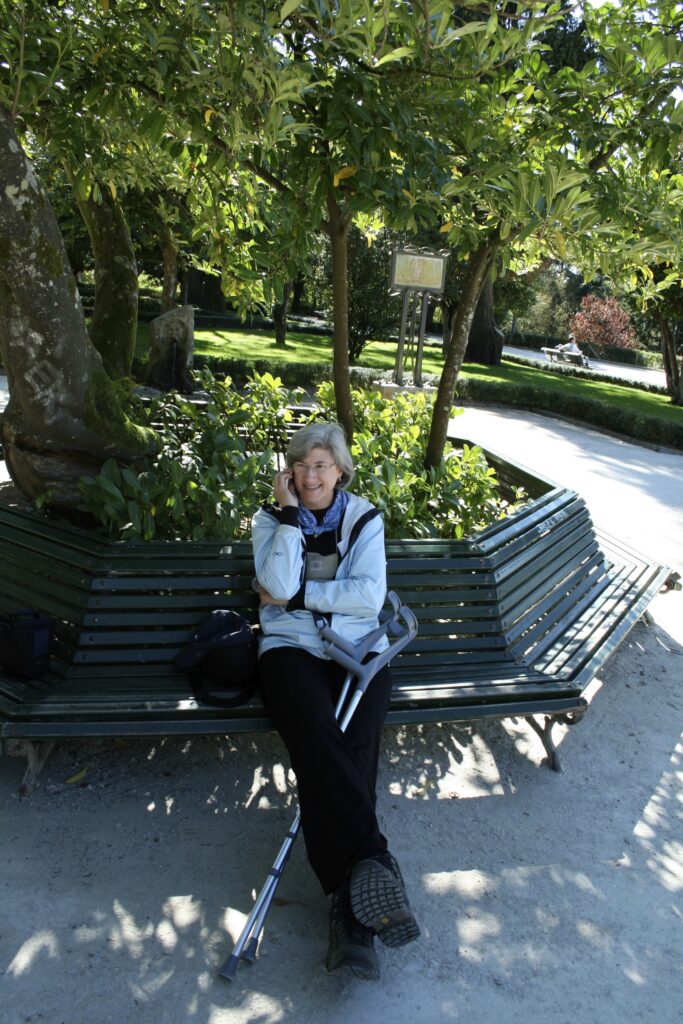
Most Injuries on the Camino Are "Overuse Injuries"
We know an Olympic athlete who pushed herself to tears and minor injuries trying to cross the Pyrenees too fast on her first day. Set a pace for yourself that you can maintain without hurting yourself based on some simple training and testing we suggest. If you make a plan beginning with the phrase, “I should be able to ______,” stop right there. We have often met pilgrims who set up a schedule for walking the Camino based on having been able to walk 15 - 20mi (24 - 32k) on one or two Saturdays back home. This type of thinking does not take into consideration that when you are walking EVERY day for several hours each day, you might need to walk shorter distances to allow for daily recovery and care along the way.
How Long Will It Take Me to Walk the Camino?
In order to answer this question and guide you, we have to ask you to do some self-evaluation about your health, fitness level, and reasons for walking the Camino. Finishing well, injury free, and in the time you have set aside for your journey, is what we propose as a general goal for everyone. It is difficult for most people to duplicate the daily physical demands of a pilgrimage while back home, because most people can’t spend the time walking 4-6 hours per day. It is difficult to assess what you will be able to sustain day after day on the Camino. Recovery time will be different for everyone after a day’s hard walk, and getting enough sleep to walk a full day every day is a challenge for many people. Be as ready as you can be for the Camino's difficulty level.
Determine Your Pace Before You Go
To help you figure out your sustainable walking pace we have devised an exercise for you to complete. Try this to find your pace after your doctor has cleared you to do this kind of exercise.
Try This Exercise to Prepare for the Camino Difficulty Level
Some day soon, chart a three-mile walking route over varied terrain near your home. Allow several hours in your schedule to complete this exercise.
- Wear regular trainer shoes or comfortable walking shoes if you don’t have your Camino footwear yet.
- Walk at a comfortable pace, taking as many breaks as you need to finish.
- Time yourself from start to finish.
- Carry a liter of water and 10 pounds of weight in a pack (if you don’t have one, borrow something; it doesn’t have to be a particularly good fit for this exercise; use a couple of 5 pound bags of flour or something to simulate the weight of your gear).
- If your time allows it walk the same route again, timing yourself. And again. And again. See if you can complete 3 to 5 circuits of this three-mile course.
- Walk at a comfortable pace, and stop before or when you have pain any where in your body.
- Note how you feel afterwards and the following day. Do you feel sore anywhere?
- What was your pace? (Divide the number of minutes it took you to walk three miles by three.)
- At that pace, how many miles could you walk in four hours?
- If you averaged 15 minutes per mile, that works out to 16 miles (25.7k) in four hours. Fatigue, food, and call of nature breaks will add to your time. You might want to plan on 12-15mi (19-24k) distances each day. That pace will still be a physical challenge. If you think you can set aside 30 days, theoretically you can cover 480 miles moving at this pace that challenges but doesn’t debilitate. Adjust your number of days or the number of miles to accommodate your pace and calendar. Please do NOT try to quicken your pace or push yourself into an injured state, in which you have to quit walking early.
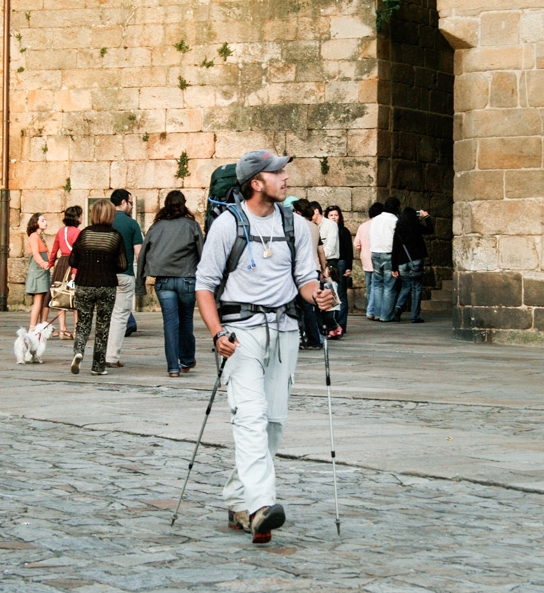
If You have a Schedule to Keep
For many of us, taking a lot of time away from careers, family, and other responsibilities is very difficult. In 2007 when we were making plans for our first walk, my husband Wick was a key person his firm, and could not conceive of taking more than 23 days away. Acknowledge the boundaries of your schedule, and make your plans accordingly. The Camino experience is a day-after-day physical walk at its foundations. You need to set your own pace, and set yourself up for time to rest and recover as you go. If you fall behind the itinerary you set for yourself, rather than pushing yourself to injury by walking farther and faster than you can, hop a bus (cheap) or call a taxi to skip ahead and catch up. We did this several times on that first walk in order to stay within our time schedule.
Don't Let the Camino Difficulty Level Scare You
Yes, the Camino is physically demanding. The statistics from the Pilgrim's Office show that only about 50% of the people who register and begin walking in St. Jean Pied-de-Port make it to Santiago de Compostela. However, if you plan well and go at your own pace, you will set yourself up to finish what you start. Do some preparation back home, and listen to your body as you walk the Camino.


